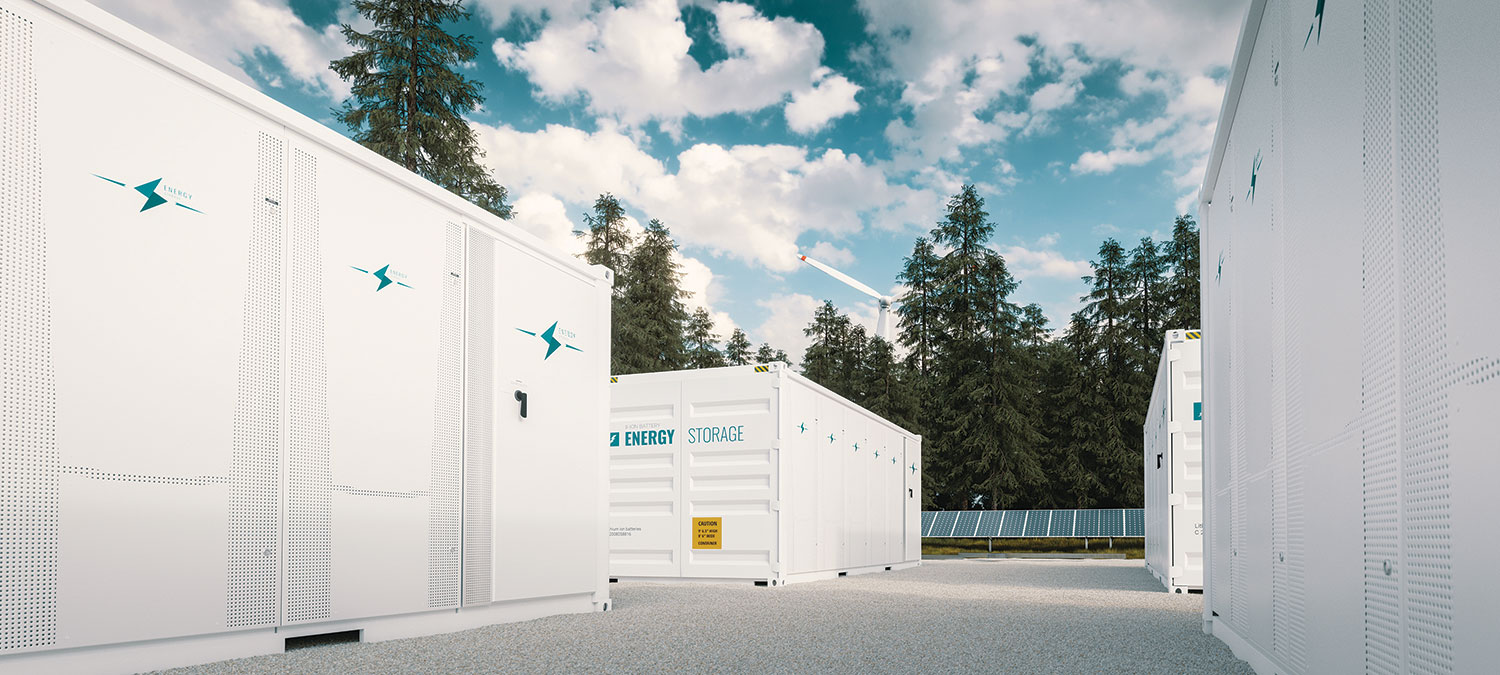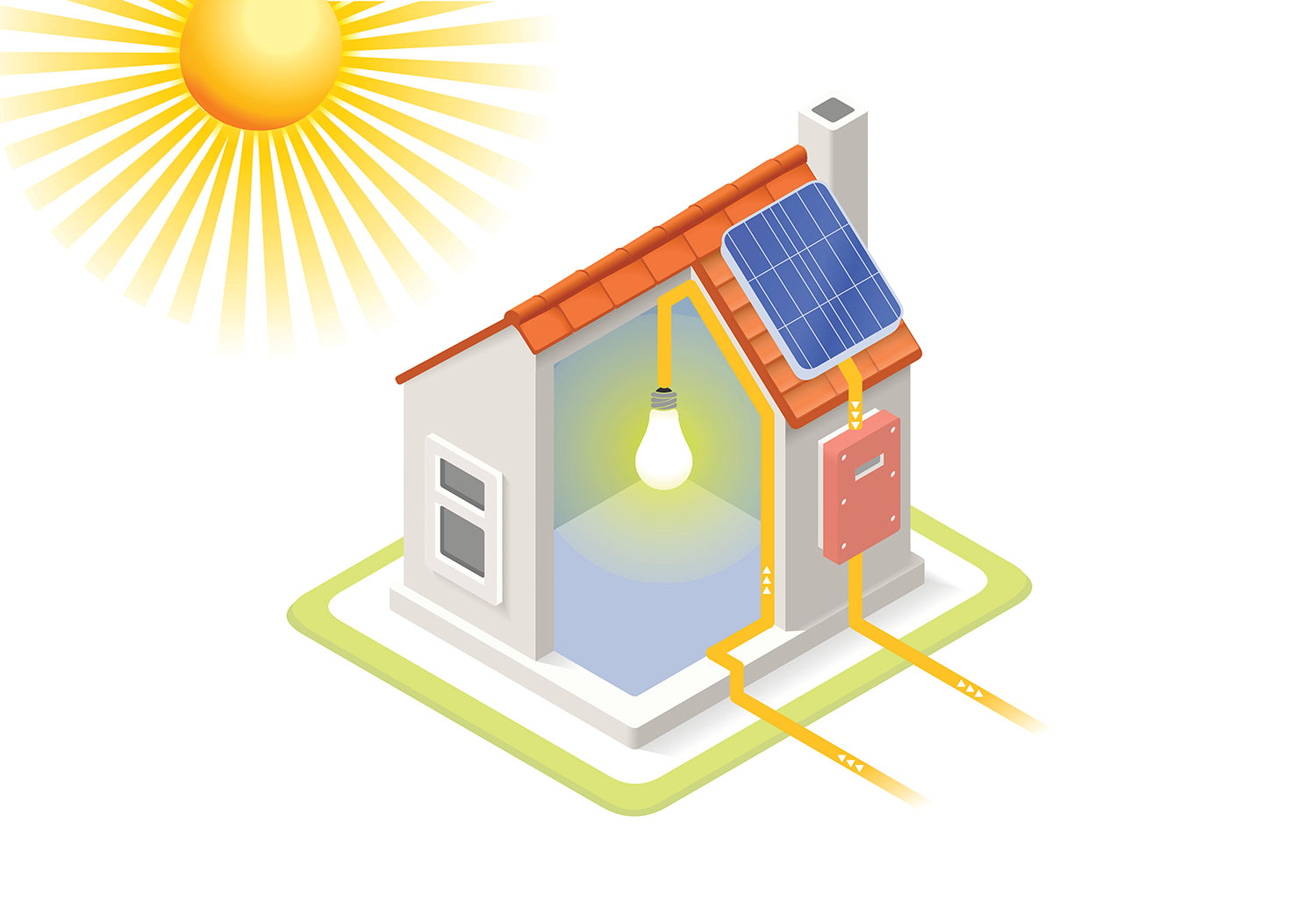Let’s examine the changes in the 2023 NEC that directly affect photovoltaic (PV) systems.
E-bikes rely on lithium-ion batteries as their power source, however, when stored improperly or charged incorrectly, they pose a fire hazard.
Firefighter safety is a noble venture that is certainly worthy of the attention of the best minds in our industry.
A PV system connected to the supply side of a main breaker will allow larger PV systems to be installed. Let’s explore these connections in depth.
ESS systems receive electric energy, store the energy in some form, and then provide electrical energy to loads or power conversion equipment when needed.
As CONEXPO-CON/AGG continues to draw near, Stephen Roy, President, Region North America, at AEM member company Volvo Construction Equipment, discussed his thoughts on the show and the direction of the construction equipment industry.
The means for providing illumination has gone through numerous changes over the centuries, from oil lamps to incandescent bulbs, to fluorescent tubes and LEDs.
One of the most critical methods in determining shock and arc flash hazards is always to remember to test before you touch your equipment.
With more frequent utility outages due to various environmental events, batteries are even more important in today’s PV systems.
The testing and certification process is essential in the development, manufacture, and ultimate use of electrical products.










